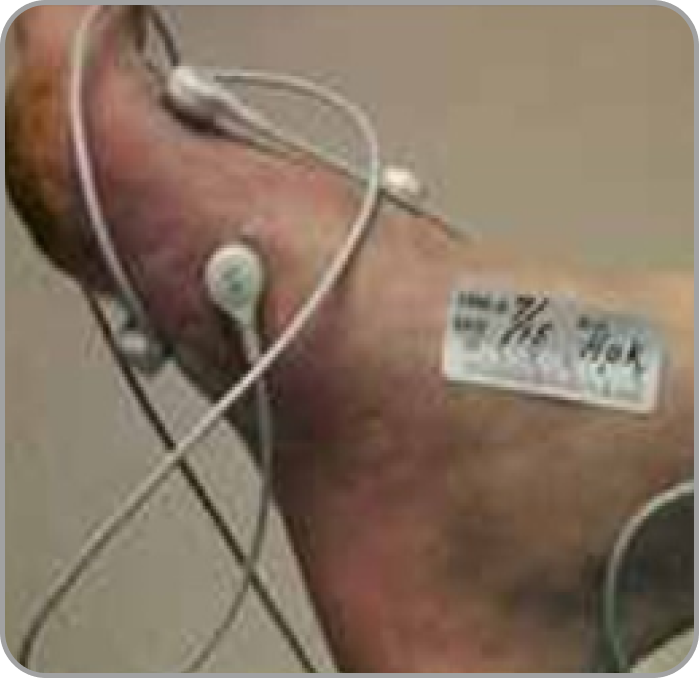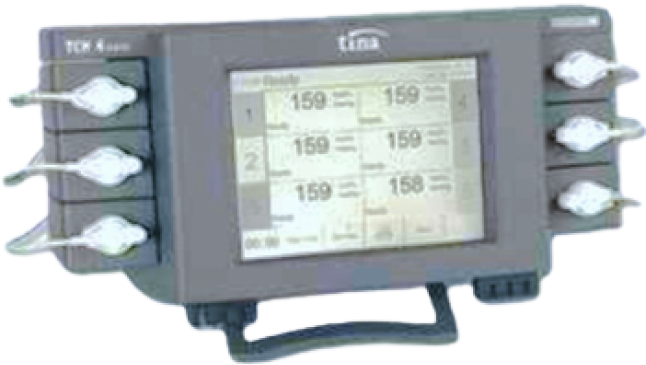TCOM
TRANSCULANEOUS OXIMETRY
Transcutaneous oximetry is measurement of tissue healability & is an assessment procedure that involves measuring the oxygen levels through a patient's skin. This information assists in decision making regarding vascular rehabilitation. A series of oxygen measurements can be used to monitor progress before & after various interventions regarding the healing potential of the tissue.


HOW IS IT DONE?
The earth's atmosphere normally exerts 14.7 pounds per square inch of pressure at sea level, which is equivalent to 1 atmosphere absolute. Normally we breathe approximately 20% oxygen & 80% nitrogen.
During HBOT. the pressure is increased up to two times the normal and the patient breathes 100% oxygen while the entire body is totally immersed in 100% oxygen. Since the oxygen is under increased atmospheric pressure, there is increased diffusion of the oxygen into the plasma, resulting in ultimately sustained delivery of increased oxygen to the oxygen-deprived tissues. This lead to accelerated healing of various types of persistent & problematic wounds.
CLINICAL APPLICATIONS
Transcutaneous monitoring of oxygen originally developed for neonatal use, has become a routine measurement in several clinical areas including:
- Determination of peripheral vascular oxygenation
- Quantification of the degree of peripheral vascular disease
- Determination of the optimum level of amputation
- Evaluation of revascularization procedures
- Selecting candidates for Hyperbaric Oxygen Therapy & predicting non-responders to treatment
PROWELL HBOT PVT LTD
“Hyper” means increased and “Baric” relates to pressure. Hyperbaric Oxygen therapy (HBOT) thus refers to intermittent treatment of the entire body with 100% oxygen at greater then normal atmospheric pressures.
Social
Feedback Form

